I Decided To Replace The Cooling Unit On My Norcold 1200 With Compressor From JC Refrigeration
My 2002 Vacationer has a 4-door Norcold 1200 LRIM refrigerator. And while it still works, it has been a pain in the butt.
There are 2 main issues with it…
First, it just doesn’t get very cold. The humorous moniker of calling these things the “No-Cold” is definitely well deserved. While our Norcold would work, the refrigerator portion just didn’t get cold enough.
This Norcold is also pretty sensitive to external temperatures. In warm weather, it has a harder time cooling down. I remember on our trip out west in 2018, it was a constant struggle.
The other issue is that the fridge would suddenly SHUT DOWN when we are traveling in hot weather.
If we are driving during the summer and it is in the 90’s out, after 2-3 hours of travel, the fridge would begin beeping, flashing an error code of “LO DC”, and just shut down.
The first time that happened, it really caught me off guard (see this video blog of the fun). We were on our way out for a multi-week trip in the summer and suddenly we had no fridge. We even temporarily purchased a small fridge from WalMart as a backup.
Interestingly, though, every time that happens, the fridge would come back on after we were still and plugged in. Once in a campsite, I could plug the rig in, wait perhaps 45 minutes, and the fridge will turn back on and run.
At first, I thought it was a temperature issue. In 2018, I even installed fans at the top of the stack to pull additional air through while traveling. Unfortunately, it didn’t fix the problem.
In the end, I’m pretty sure the issue is the black recall box failing. These Norcold’s have a known issue of…. well, catching on fire. And there is a recall on them where they will install a black box which will shut the unit down if it is detected to be overheating. I have not replaced my recall box, but I’m pretty sure the issue would resolve if I did.
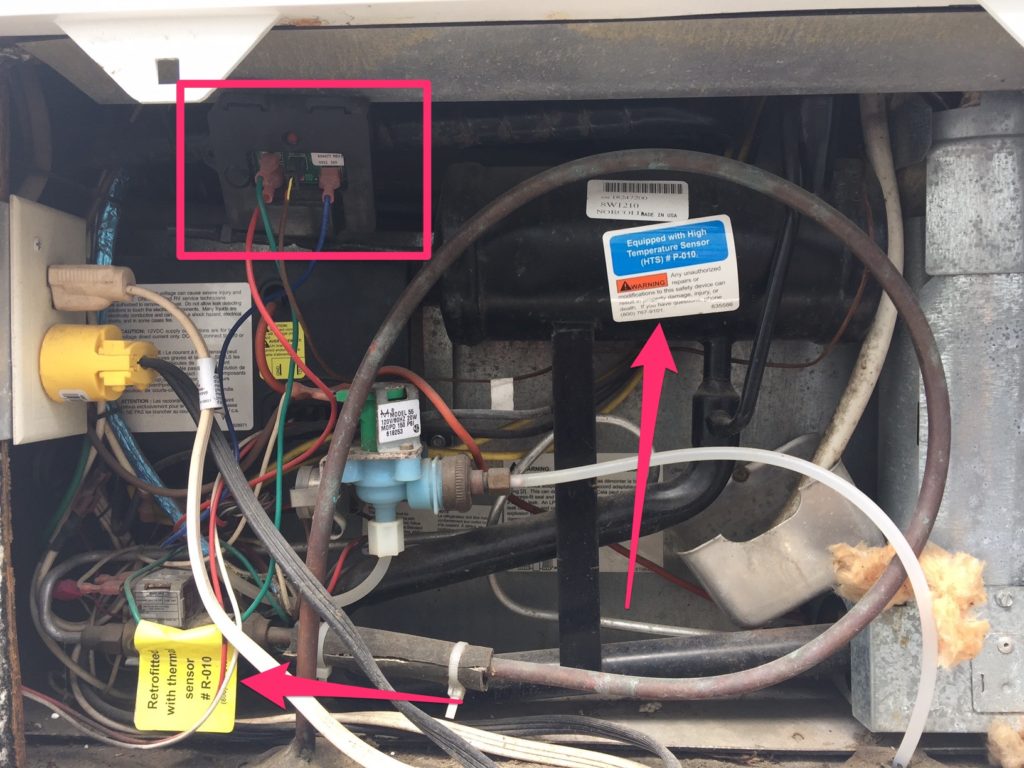
I decided to go another direction.
Replace With A Residential Refrigerator?
Removing the whole fridge and replacing it with a standard residential unit is a pretty common thing to do. Very popular with those who have done it.
In my case, I decided not to. And here’s why…
- It would require modification of the cabinetry – and perhaps more. My furnace is directly below the refrigerator, so getting those extra few inches likely needed would require lowering the base and likely re-routing some of the piping and electrical currently going around the furnace.
- A residential doesn’t quite fit. Either it would be too small for the hole and look weird… or we could modify the cabinetry and fit a larger one, but it would still LOOK really large.
- My rig does not have an inverter. So, either I’d need to install an inverter to run the fridge while not plugged in, be forced to run the generator, or simply travel between campgrounds and let the fridge “coast” without power.
- Getting a residential into the rig would definitely involve removing the windshield temporarily to get it in.
This was not a DIY job for me. And the cost of making this move would definitely add up. While the cost of the actual fridge isn’t a concern, the labor and all the additionals would make it an expensive option.
Replace The Cooling Unit With The Amish-Built Alternative
This “Plan B” is attractive because I would keep the same box (Which was obviously built in and styled to look like the rest of the rig) – but yet make it actually work.
One popular option is to upgrade to the so-called Amish cooling unit.

These units are built by an Amish-owned business, are known to be much better quality than the original equipment, and have no recalls. Which means… no more black box.
I came across JC Refrigeration and that was the option I decided felt right.
They offer 3 options for my refrigerator model…
- A new hybrid gas/electric unit that is a direct (but better) replacement for the original. It would be able to operate off LP gas or 120V electric, just like the original.
- A 12/24 volt compressor unit that essentially turns my Norcold into a residential refrigerator.
- A 120V compressor unit that does the same thing.
The same company carries units built for other refrigerator models, but since mine is the 1200LRIM, that’s what I was after.
The direct replacement seemed like the most logical option since the fridge would retain the ability to run off propane. The unit promises to work far better than the original and won’t explode on me. Which is always nice.
But, the compressor versions seemed very attractive.
In fact, it seems like the more popular option. As said, it basically turns my Norcold into a residential refrigerator. The compressors have very low power consumption (less than a usual residential fridge). I wouldn’t need to worry about leveling. And the reviews seem like these things work like gangbusters.
This whole job remained on my “someday” list a little too long. I kept on using the old Norcold. I got to the point that when it shut down while driving, I yawned it off. I knew that once I was plugged in again, wait 30-45 minutes and it would come back. This pattern just became our habit.
But, finally, I decided to just get this done with.
The Cooling Unit I Chose Is…
I decided to roll with the 12-volt compressor unit.
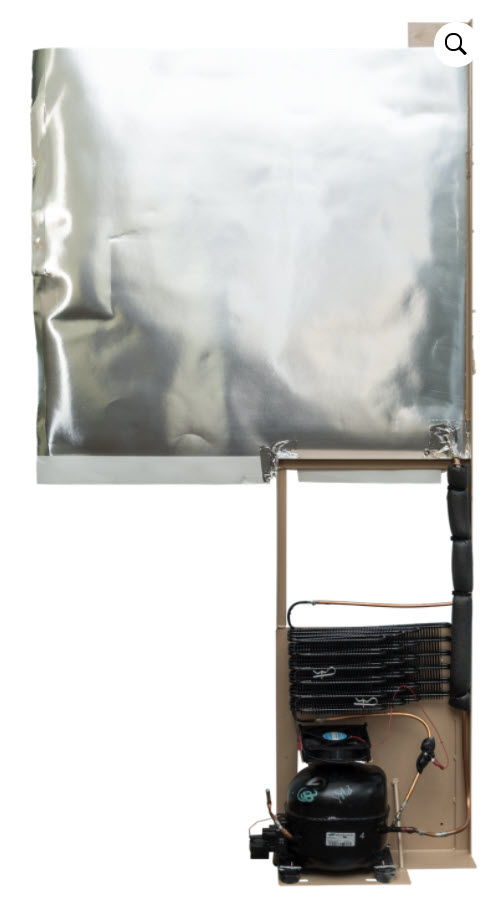
I explained my situation to JC and his recommendation was the 12-volt. The primary deciding factor is that my rig has no inverter. The 120V option would require an inverter or the generator. However, the 12-volt can run directly off my battery. When we’re plugged in, the converter will keep the battery topped off. And when traveling, the alternator will keep the battery happy. Even in a boondocking situation, JC says I could pretty easily run the unit for a full day before I had to recharge the battery. This is perfectly fine for us since we have yet to boondock.
One concern I had was the controller. Apparently, past installs would produce a constant error code on the control board because it didn’t detect everything that’s normally there. People would just disable the speaker so they don’t hear any beeps and the fridge would otherwise run beautifully. I guess I’m a stickler, but I didn’t want my fridge flashing at me all the time.
Well, apparently, JC Refrigeration came up with a solution. A control board replacement that alleviates that issue – and is now included with the cooling unit. Which means…
I will have a residential fridge – that looks like a Norcold – and will function exactly like I’m used to.
So, Time To Actually Get The Thing…
I just went and ordered it online directly from JC Refrigeration. $1,045 + $250 for freight shipping = $1,295 total cost. No taxes since I don’t reside in Indiana where they are based.
I bought it on a Sunday… and received shipment on Thursday. So, very quick turnaround time.
And now it is sitting in my garage in a cardboard box – awaiting me having the time tackle the install.
Some people have JCR install it for them on-site at their location in Indiana, but I don’t have any plans to be in that area anytime soon with my RV.
There are also third-party installers around the country that can do it. In fact, JCR can refer you to people in your area. It isn’t any official endorsement on their part, so do your own research.
I actually had a guy in my local area I was going to have do the job for me, but he flaked out. I asked him a question via text about the quote and he freaked out and refused service. Judging by Google Reviews, that’s not the first time. Oh well. Dodged a bullet on that one.
And so… I’m just going to do the job myself.
I’ll figure it out as I go. They have installation videos and they are also very responsive to emails and phone calls, so if I run into a hitch, I’m sure I’ll work it out.
I’m not exactly experienced with the electrical portion of my rig, but I’m always up to learn. I’m just going to carve off a time when I don’t have any pending trips upcoming (to make sure I have time to bail myself out if needed)…. and I’ll dive in.
And, I’ll cover how it does. Maybe even film it and post it here on this site.
So, stay tuned. 🙂

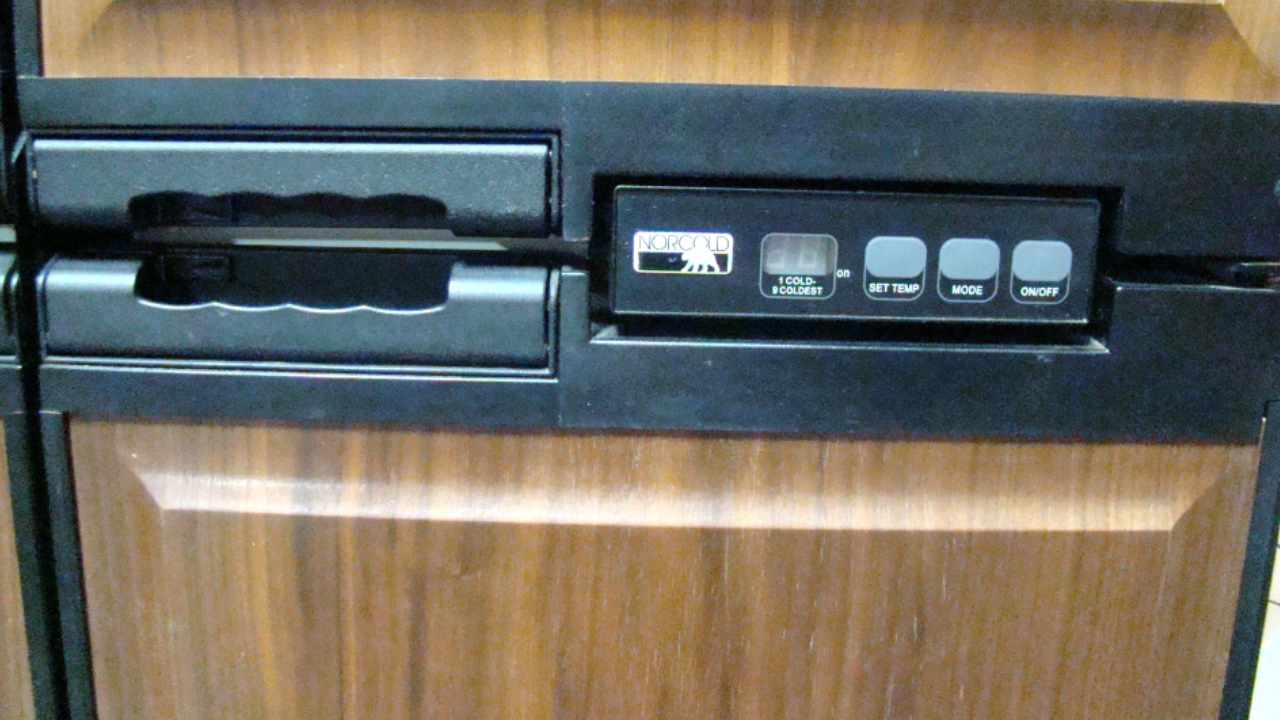
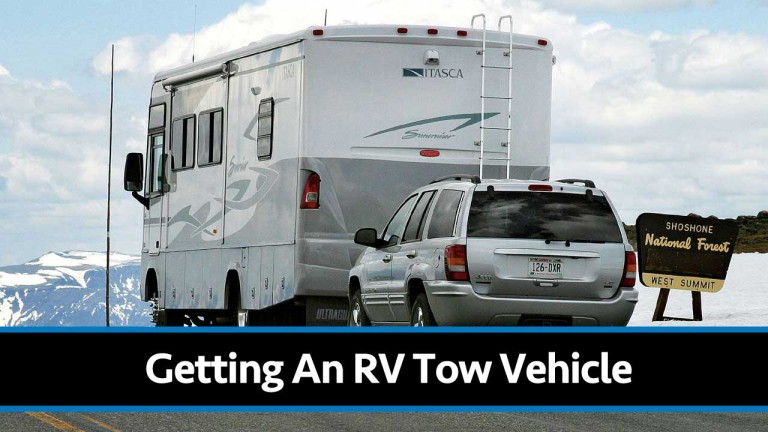
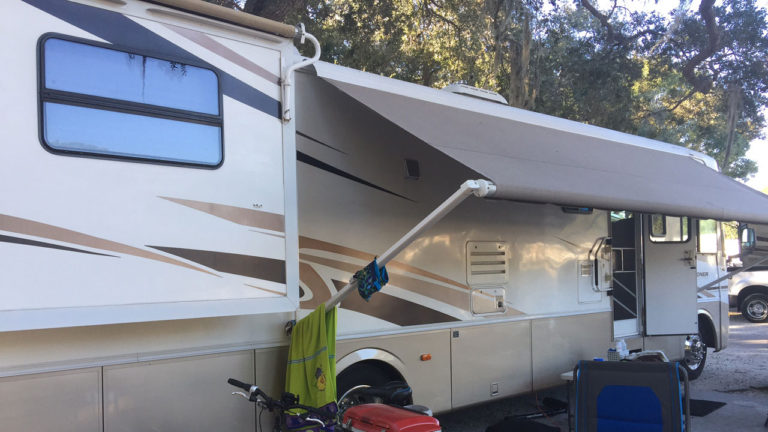
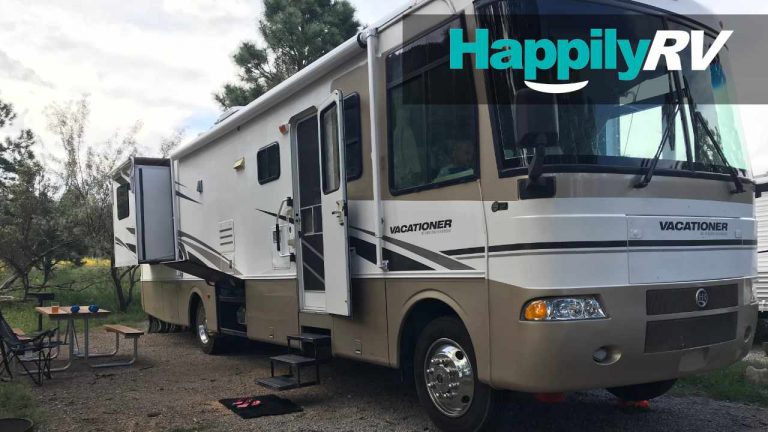
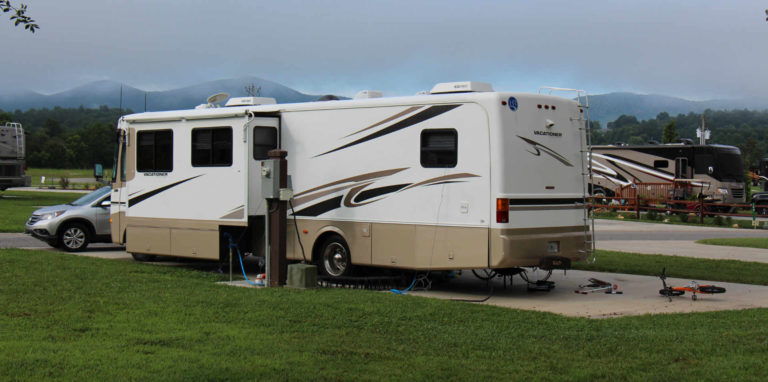
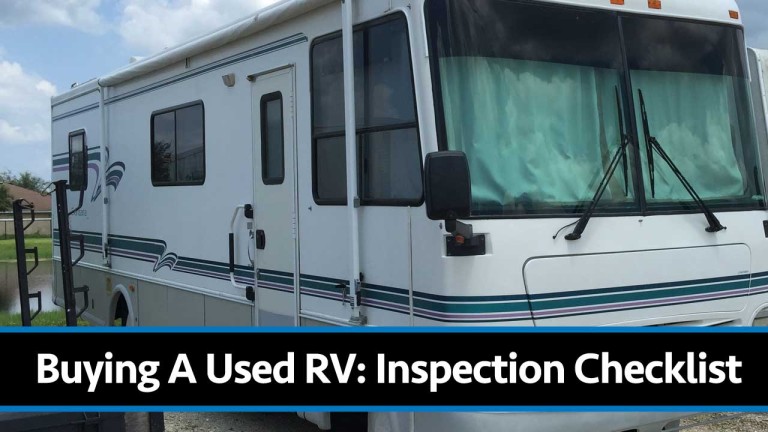
Thanks for posting your experience. I just ordered a JCR unit for my Norcold 2118 model. My line of reasoning is pretty much same as yours, and the fast cooldown time clinched the decision for me. And I like the fact that it would work on a simple solar system. So it is nice to see that I’m not totally crazy on this idea.
I installed the DC version of the JCR unit in my Norcold 1200 and it was relatively simple to do following the provided instructions. It helped to have a second person to help remove the unit out of its location and lay on the mohome floor and then reinstall into its location again. The whole process took about 10 hours of time and went very well. It would help if you are a DIYer with minimal skills. Overall I am very happy with the unit. No more worries about possible refrigerator fires (no propane needed), and best of all it cools down so much faster and is ready to use in a couple hours even on the hottest days. The cost is also less than a equilavent replacement refrigerator.To me its a win-win situation.
You do realize that LO DC means your battery was too low to rung the refrigerator, right? So, the problem wasn’t the refrigerator but rather the insufficient battery bank.
Good point, but if everything else on the rig is working fine and the engine is running I would suspect a point of resistance in the fridge unit. You could answer the question by checking with a voltmeter at both sides of the recall box. Solid-state thermal switches have a tendency to fail, or even a stupid little loose wire could expand with rising temperature and cause a bad connection. But you need to test voltage to know. And oftentimes problems gang up on you, so you can’t pinpoint one problem spot until you identify all of the problems. Anyhow, the idea of explosive gas in my little house gives me the heeby-jeebies to start with, and a recall to keep said gas under control is just a direct turn-off for me. Hard NO-GO! Looking forward to capping off that pipe.
My Norcold 1200 went west about a year ago. As the blog above stated I went with JC Refrideration (120volt unit). I installed it myself inside of the coach. Very happy with the new unit. Cools so much better and it’s always on unless not on shore power or generator. Then I just switch to inverter (compressor only uses one amp when running).So after a year of use there’s No Problem. Also JC will help you with any questions with installing.
Yes; please ensure that you film and post it. I’m looking forward to seeing how your install goes.